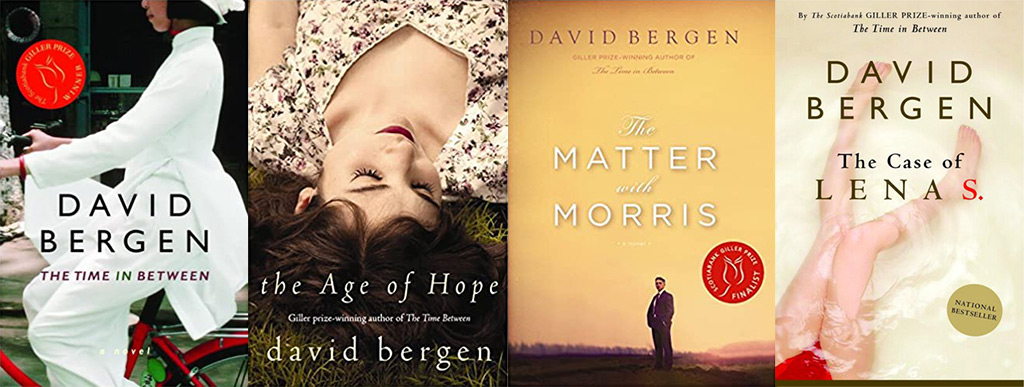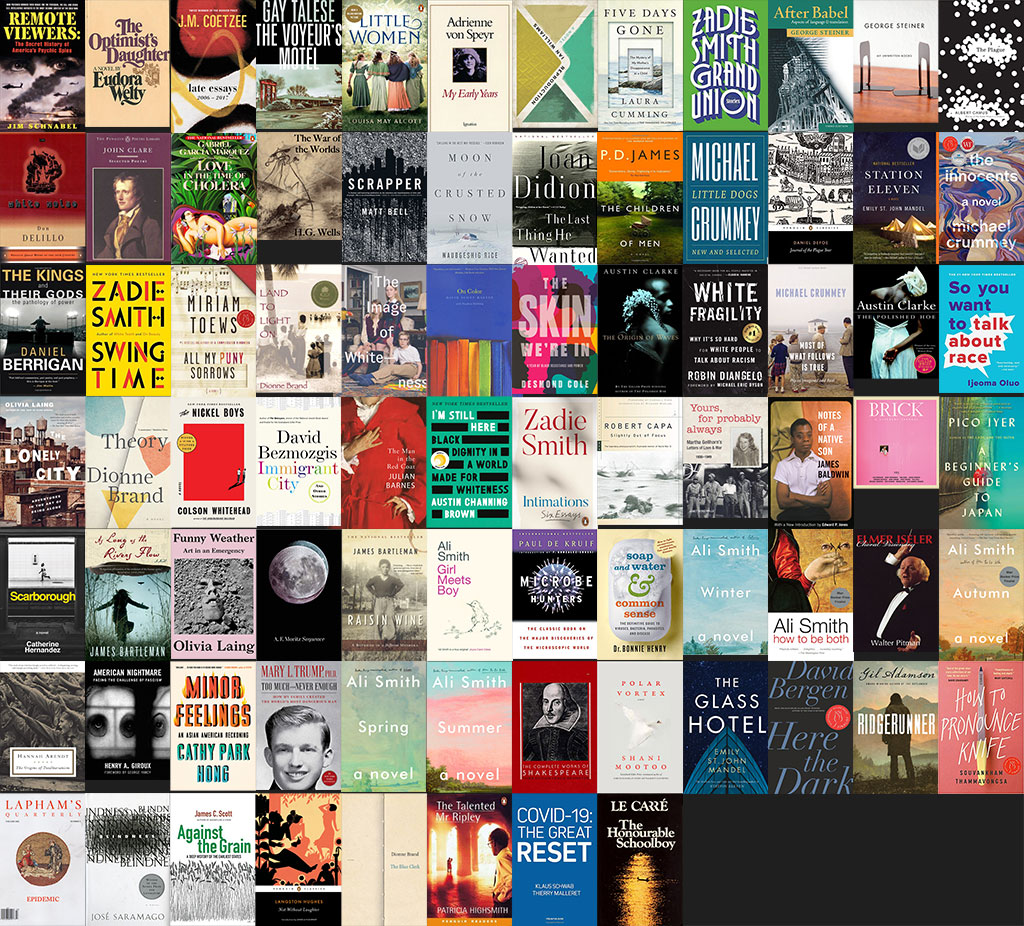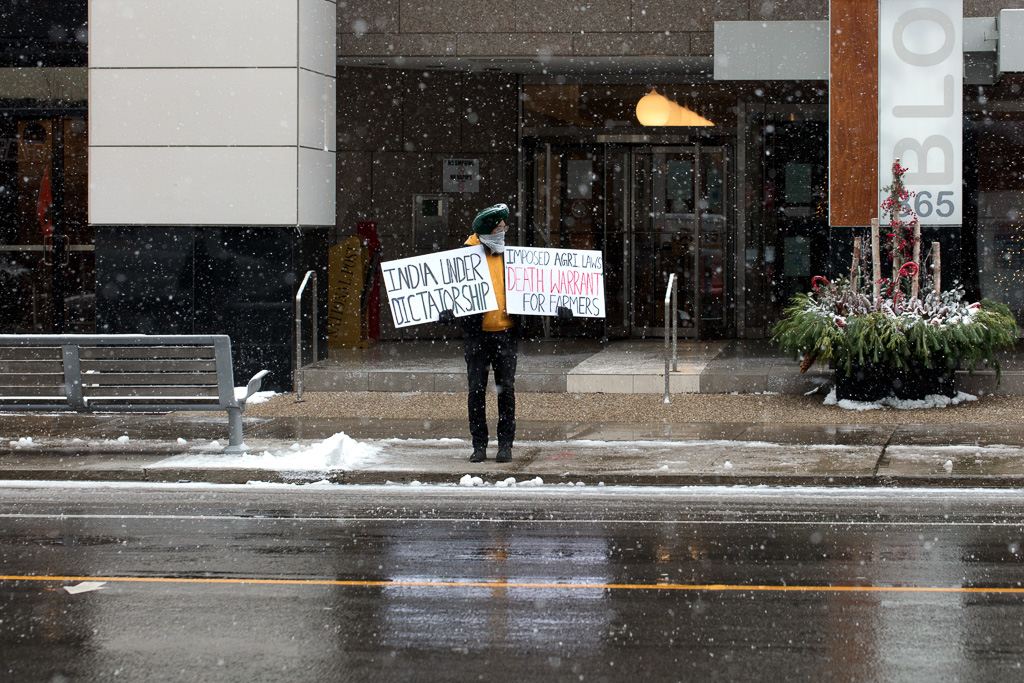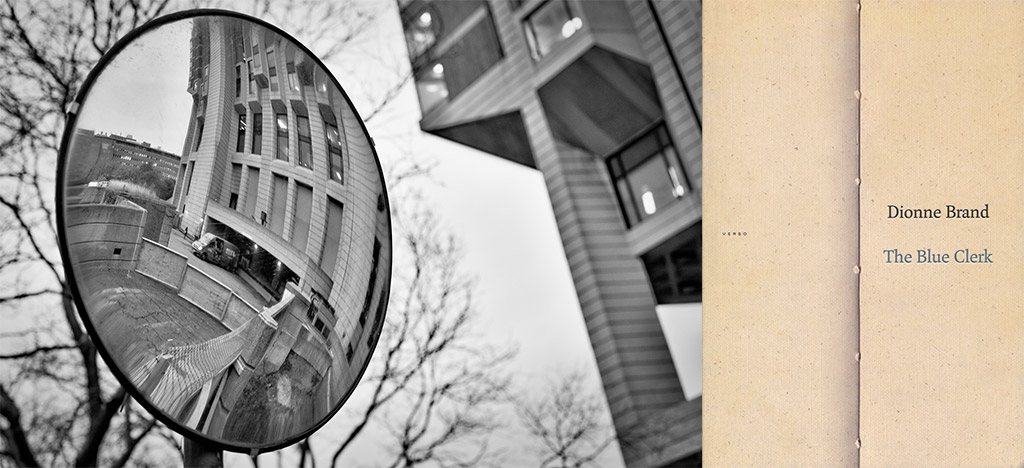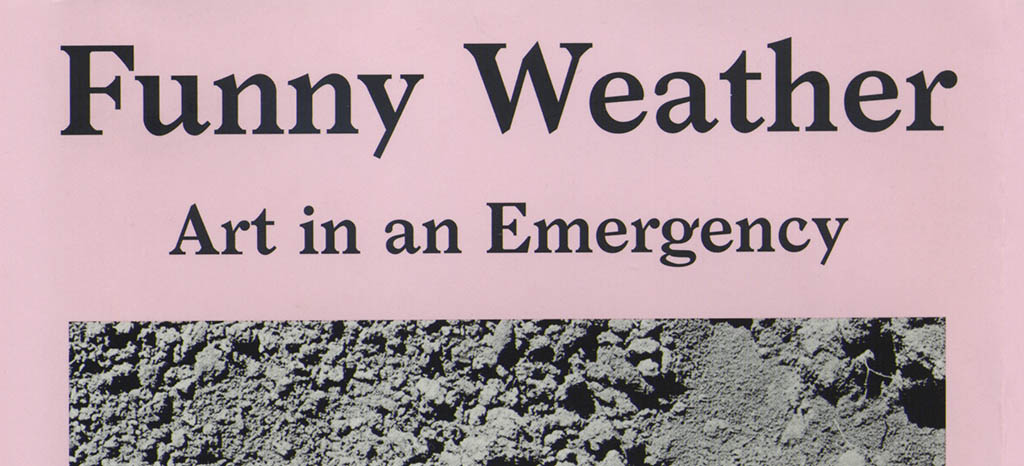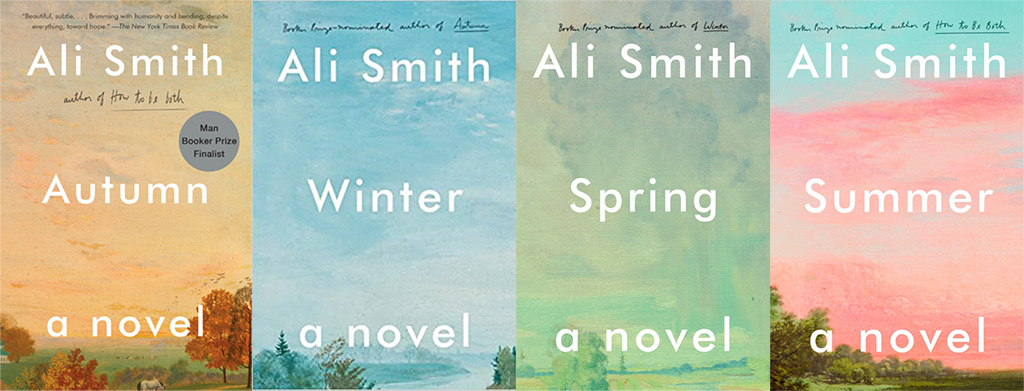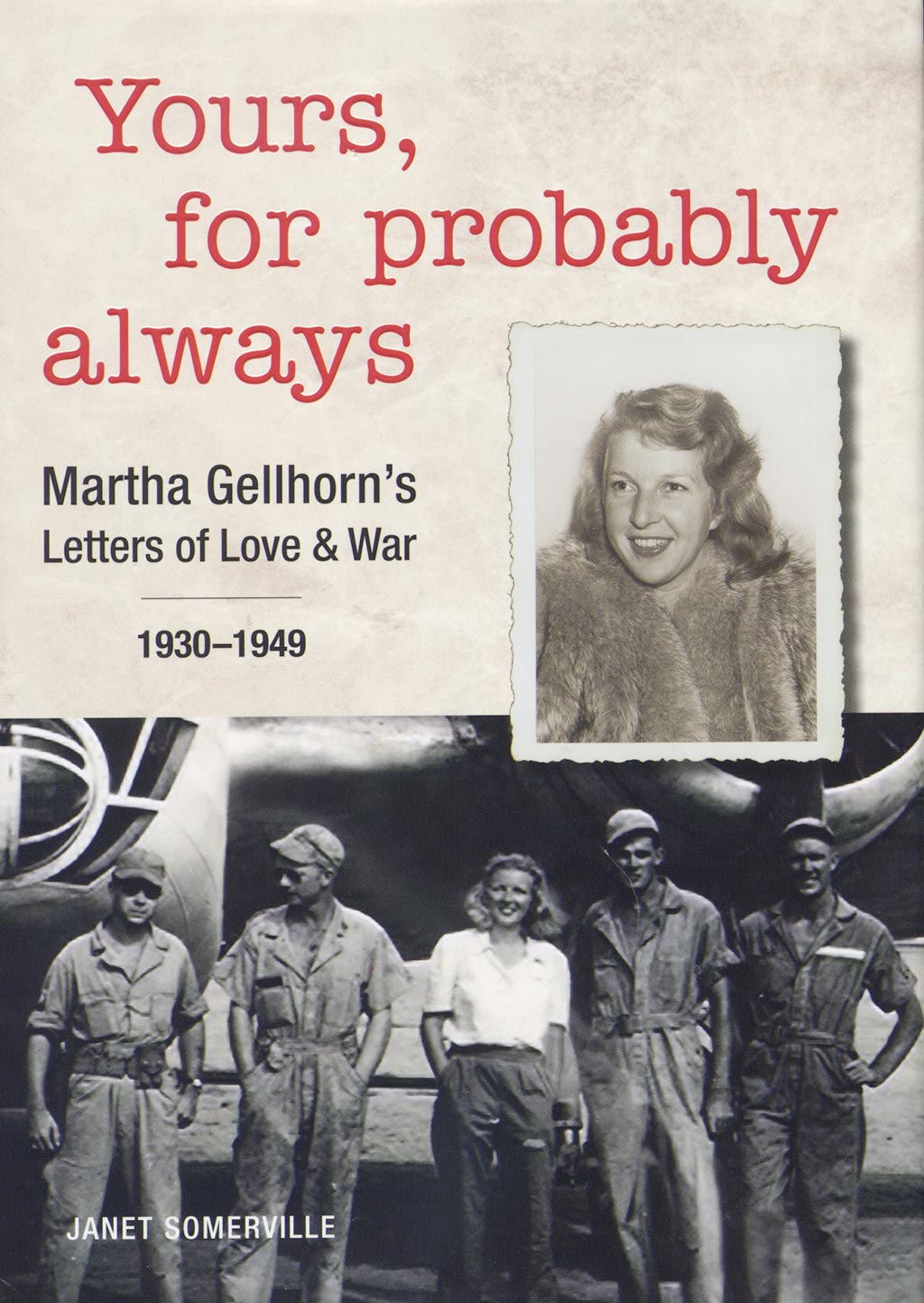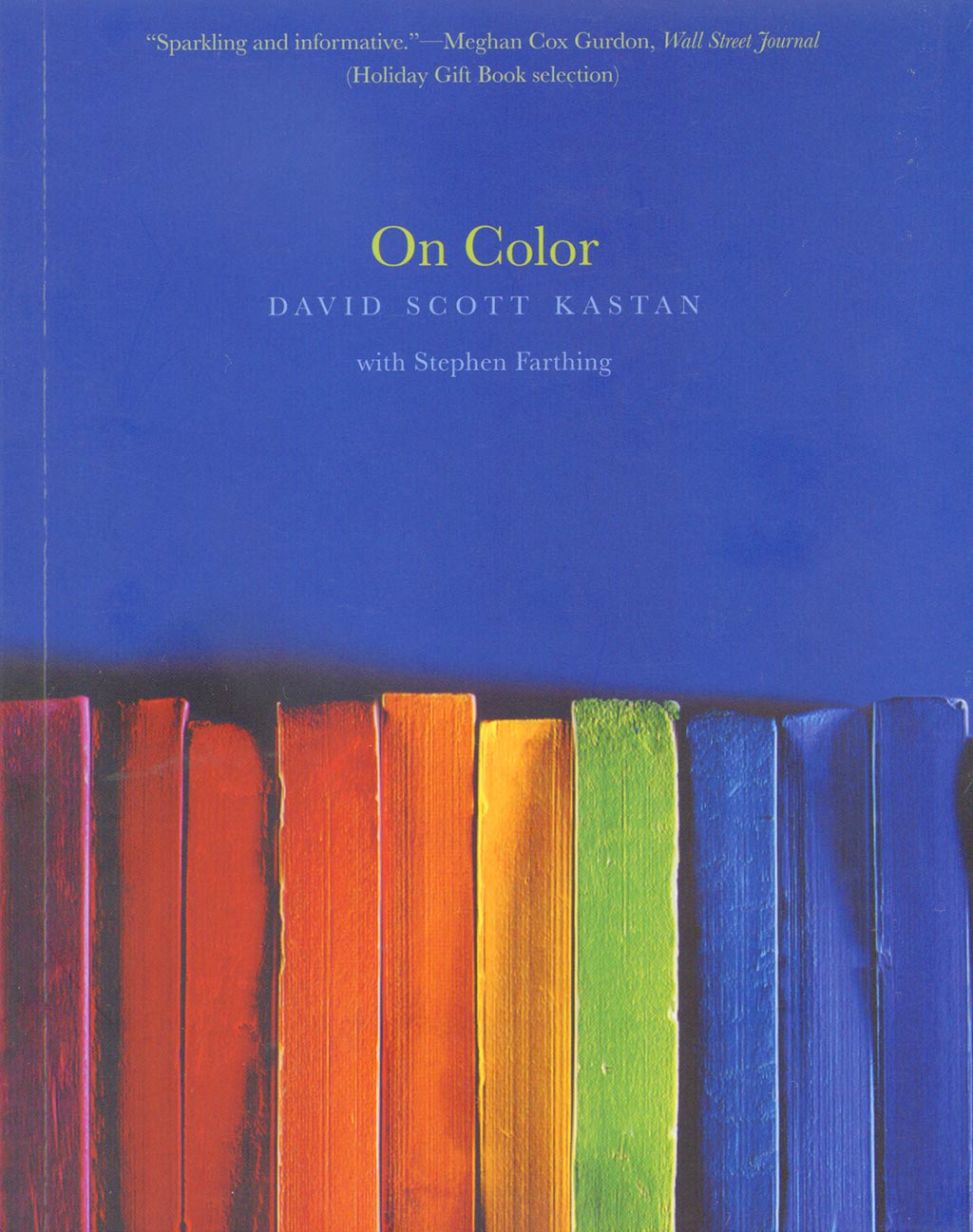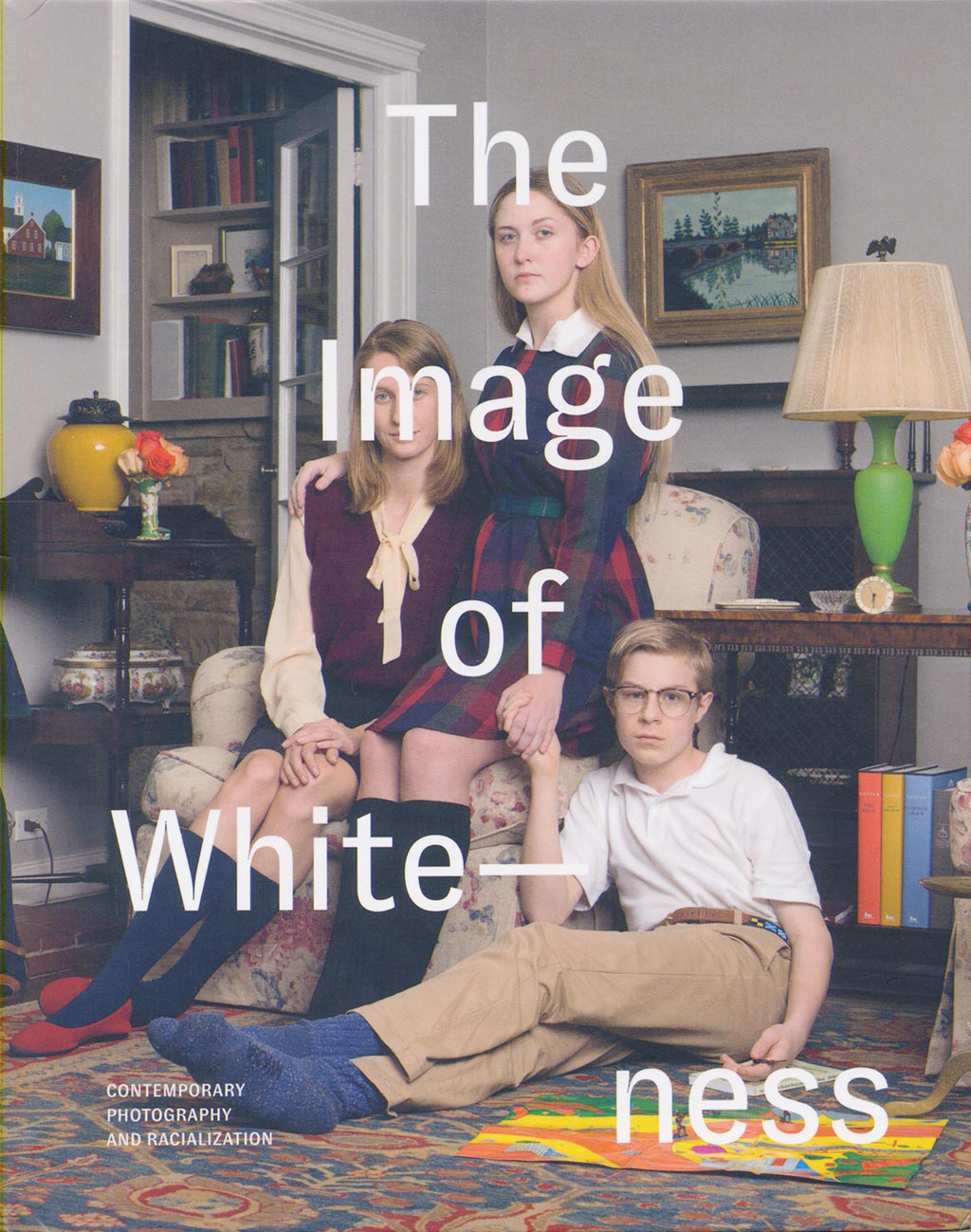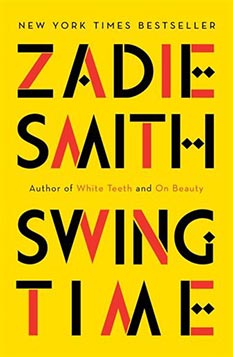One could easily imagine the principal character here, Morris Schutt, meeting Barney Panovsky in a hotel bar and, together, the two of them putting a serious dent in a bottle of McCallan.
Tag: Review
Four Novels by David Bergen: The Age of Hope
In a way, Bergen is the perfect author to read during a pandemic lockdown. History may record the Covid-19 global pandemic as a dramatic crisis worthy of its own straight-to-Netflix movie. But sitting here in the midst of it, I experience it not so much as a crisis as I do a chronic state to be endured.
Four Novels by David Bergen: The Time In Between
For me, what drives the comparison [to Denis Johnson] more deeply is the style of the writing. Both writers deploy a crisp detached prose that is perfectly suited to evince an emotionally lost protagonist looking from the outside in.
2020 Reading Roundup
For me, books only gain significance as they fall into conversation with other books or as they enlarge the space available for conversation with the wider world. There is no book, only books.
The Great Reset, Klaus Schwab & Thierry Malleret
Although The Great Reset has become the flashpoint for conspiracy lunatics, it is important to ignore the noise they produce. Push through. Read the book in its intended spirit: as the start of a wide-ranging conversation about our collective future.
The Blue Clerk, by Dionne Brand
Another way of thinking about the narrative is to treat it as a neurological drama: the author (recto) and the blue clerk (verso) are metaphorical ways of reflecting the bicameral structure of the human brain.
2020 Scotiabank Giller Prize Nominees
Polar Vortex, Shani Mootoo (Toronto: Book*hug, 2020) Polar Vortex opens with a dream. Priya, a lesbian of Indian descent, immigrant from Trinidad, now settled with her white spouse, Alex, in white bread Prince Edward County, awakes from the riotous colours of an Indian wedding ritual which culminates in sex with a man, not with any…
Funny Weather: Art in an Emergency, by Olivia Laing
As in The Lonely City, Laing views today’s funny weather as a continuation of gusts we felt in the early days of AIDS when the Reagan administration chose not merely to do nothing but actively to make life miserable for hundreds of thousands of those infected.
Ali Smith’s Seasonal Quartet
This tetralogy is a remarkable achievement, offering a clear-eyed view of the times without resorting to the usual maudlin emotions—outrage, disbelief. Instead, through her wise art, she offers us reassurance.
Microbe Hunters Then And Now
Through offhand remarks which strike us today as thoroughly gratuitous, de Kruif allows his own personality to infect his stories with sexism, racism, anti-immigrant sentiments, and a wide assortment of other bigotries that, were he alive today, would make him the darling of Trump’s White House.
Yours, for probably always: Martha Gellhorn’s Letters
This is a curated collection of letters both from Martha Gellhorn and addressed to her from a variety of correspondents, most notably H. G. Wells and Eleanor Roosevelt, interpolated with Janet Somerville’s contextual notes. The overall effect is much like a tragic epistolary novel of grand dimensions.
Zadie Smith and Intimations of “Real Suffering”
Popular discourse has thought closely about privilege, but is utterly vapid when it comes to suffering. While it’s true that writers almost universally address suffering as an experience, almost none address it as a discursive category.
On Color, by David Scott Kastan with Stephen Farthing
On Color is organized into 10 chapters—one chapter for each colour of the rainbow (arbitrarily set at seven by Sir Isaac Newton) plus a chapter each for black, white, and grey. Each chapter engages us in a wide-ranging, often erudite, and largely aleatory meditation. It is the work of a mind at play.
The Image of Whiteness, ed. by Daniel C. Blight
The task before me—a task which Daniel Blight sets not only for photographers and artists, but for light-skinned people generally—is to decolonize my seeing.
Swing Time, by Zadie Smith
The title shares its name with a 1936 musical featuring Fred Astaire and Ginger Rogers. One of the numbers is a Jerome Kern tune “Bojangles of Harlem” in which Astaire appears in blackface.
